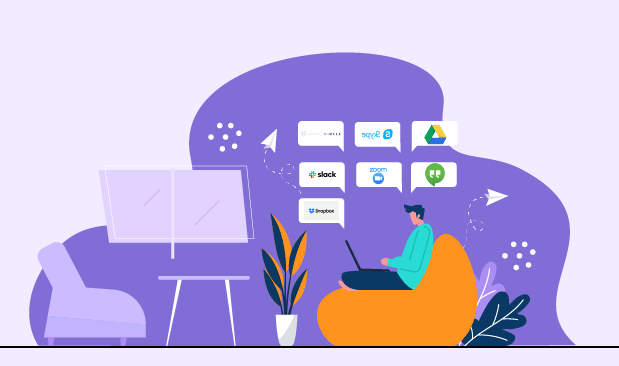Remote Workforce - A great decision for business.docx
Advantages of remote staffing for businesses to gain maximum growth
The adoption of a remote workforce has gained widespread popularity in recent times, as numerous businesses globally have chosen to permit their employees to work from home or to outsource staff to remote locations. This trend towards remote staffing has been influenced by various factors such as technological advancements, the growing accessibility of fast internet connectivity, and the inclination towards enhanced work-life balance among employees.
Here are some advantages of remote staffing for businesses to gain maximum growth:
1. Access to a Global Talent Pool through Remote Staffing.
One of the significant benefits of a remote workforce is the opportunity to expand the talent pool through remote staffing. Outsourcing staff to remote locations allows businesses to hire employees from any location globally, rather than being confined to hiring those who are locally available. This is particularly useful for businesses that require specialized skills that are difficult to find locally. The talent pool of people vary in each country and it can be helpful for businesses to adopt flexibility. For instance, a business in the United States may encounter difficulty in finding a software developer with specific skills, but by outsourcing to a remote location such as India or the Philippines, they may be able to locate a qualified candidate who is capable of working remotely.
2. Greater Flexibility for Employees with Work from Home Staff.
Another advantage of a remote workforce, which is made possible through the use of remote staff and work from home staff, is the increased flexibility it offers for employees. This flexibility enables employees to choose working hours that best suit them and allows them to avoid distractions that are often present in a traditional office setting, leading to higher levels of job satisfaction and retention. Additionally, the ability to provide flexible working arrangements can be a vital factor in attracting and retaining top talent for businesses. This benefit is further enhanced through the use of outsourcing staff, as it allows businesses to access a global talent pool and potentially reduce overhead costs.
3. Reduced Overhead Costs through Outsourcing Staff.
The overhead costs can be reduced significantly; this has been made possible through the use of outsourcing staff and remote staffing. The elimination of the need for physical office space and utilities, as well as the reduction of expenses related to commuting and other forms of transportation, can result in significant cost savings for businesses, particularly those with a significant number of remote employees.
4. Improved Productivity
The ability to work from home allows employees to choose working hours that are most suitable for them and enables them to avoid distractions that are often present in a traditional office setting. This can lead to higher levels of job satisfaction and retention, as employees are able to attain a better work-life balance.
5. Enhanced Collaboration and Communication
The advantage of remote workforce also includes enhanced collaboration and communication. With the use of technology such as video conferencing software and project management tools, it's now easier than ever for remote employees to work effectively together and stay connected, even when they're not in the same physical location. This can help to foster a sense of community and teamwork among remote employees, leading to improved collaboration and communication.
There are also some challenges associated with a remote workforce. One of them is the need to have strong communication and collaboration tools in place to ensure that everyone is able to work effectively together, even when they're not in the same physical location. This may require an investment in technology, such as video conferencing software and project management tools. Additionally, it can be more difficult to manage and motivate remote employees, as there is a lack of face-to-face interaction. This can be overcome through the use of regular check-ins and performance evaluations, as well as the establishment of clear guidelines and expectations for remote workers.
Despite the challenges, however, the benefits of a remote workforce are clear. It can provide businesses with access to a wider talent pool, greater flexibility, and reduced overhead costs, all of which can lead to improved productivity and profitability. For employees, it can offer the opportunity to work from the comfort of their own home and to have a better work-life balance. For businesses considering outsourcing staff or allowing their employees to work from home, the decision to embrace a remote workforce may be a great one.Contact Us Today!





